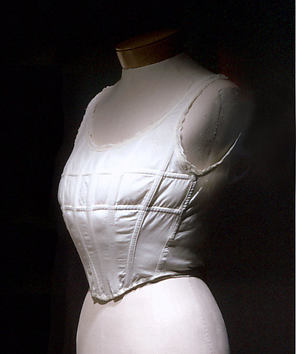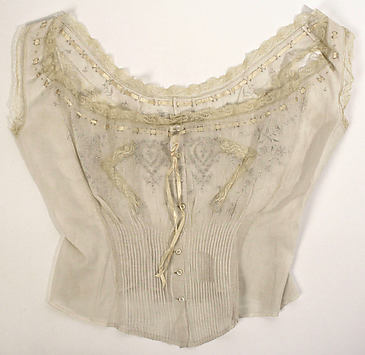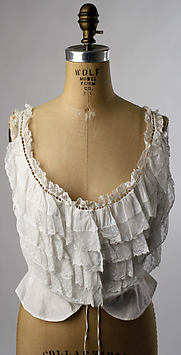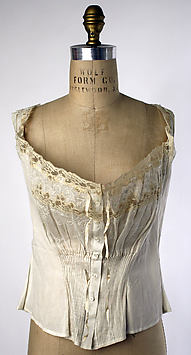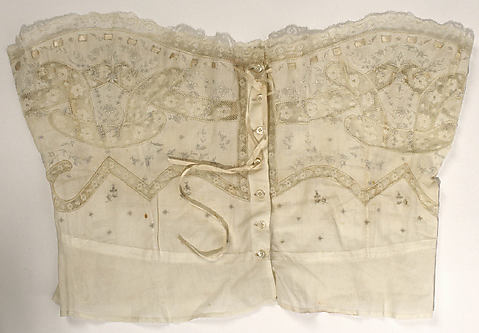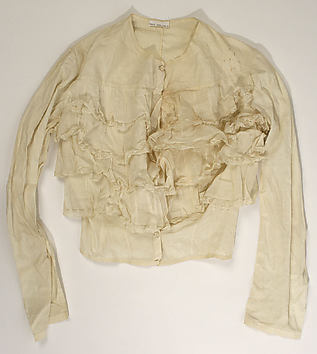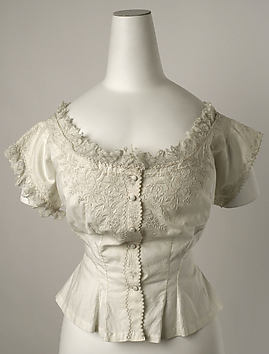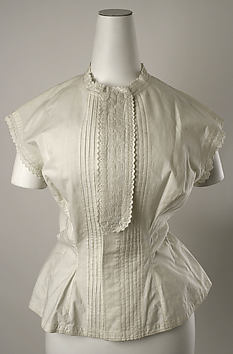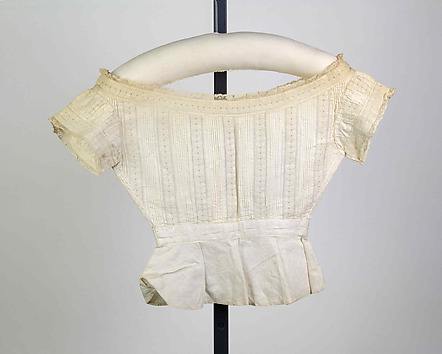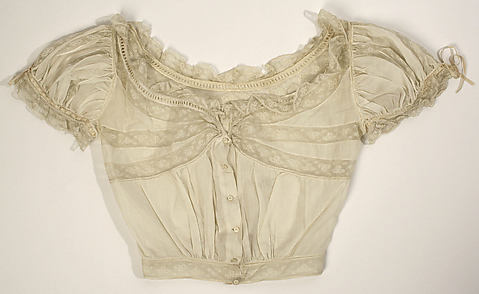Although Lucie Rie and Hans Coper are regarded as the preeminent British potters of the latter half of the twentieth century, neither was born in Britain. Both were refugees from Nazism: Rie at the age of thirty-six emigrated from Vienna in 1938 in search of a new life in London, and Coper fled his native Germany in 1939 as a youth of nineteen. Lucie Rie's pots were made of stoneware or porcelain. She did not follow the usual potter's procedure of bisque-firing the object, applying glaze, and re-firing it. Instead she painted her glazes directly onto the "green," unfired body, firing the piece only once. She experimented with a wide spectrum of colors and her glazes, often softly modulated, ranged from satiny smooth to deeply pitted "volcanic" textures. Applied decoration, when it appeared, was abstract and discreet, used to enhance the piece rather than to call attention to itself. Decoration was generally restricted to sgaffito (lines scratched into the glaze with a needle) or inlay, where the lines were cut into the body itself and filled with a contrasting glaze. Rie stamped the bottom of her pieces with a distinctive "LR" and sometimes decorated them with color or sgraffito. Throughout Hans Coper's career, his work at the potter's wheel was what mattered most to him. From the start, his pots were less conventional than Rie's. He executed them all in stoneware, and he restricted himself to a much more limited range of glazes, eschewing her frequent use of color and relying only on white, buff, brown, and black. He burnished the surface of some of his pots and experimented with textures, scouring the clay or layering glazes and abrading them with scouring pads. Ultimately, it is Hans Coper's unique forms that most immediately characterize his work. Although for the most part small in scale, his pots have a remarkable presence. Some recall ancient Cycladic figures; others are built up of such geometric forms as cylinders, discs, and cones. Strong, monumental whatever their size, their impact is that of sculpture. Yet they are all vessels, and Hans Coper was insistent on that fact—that he was first and last a potter.








